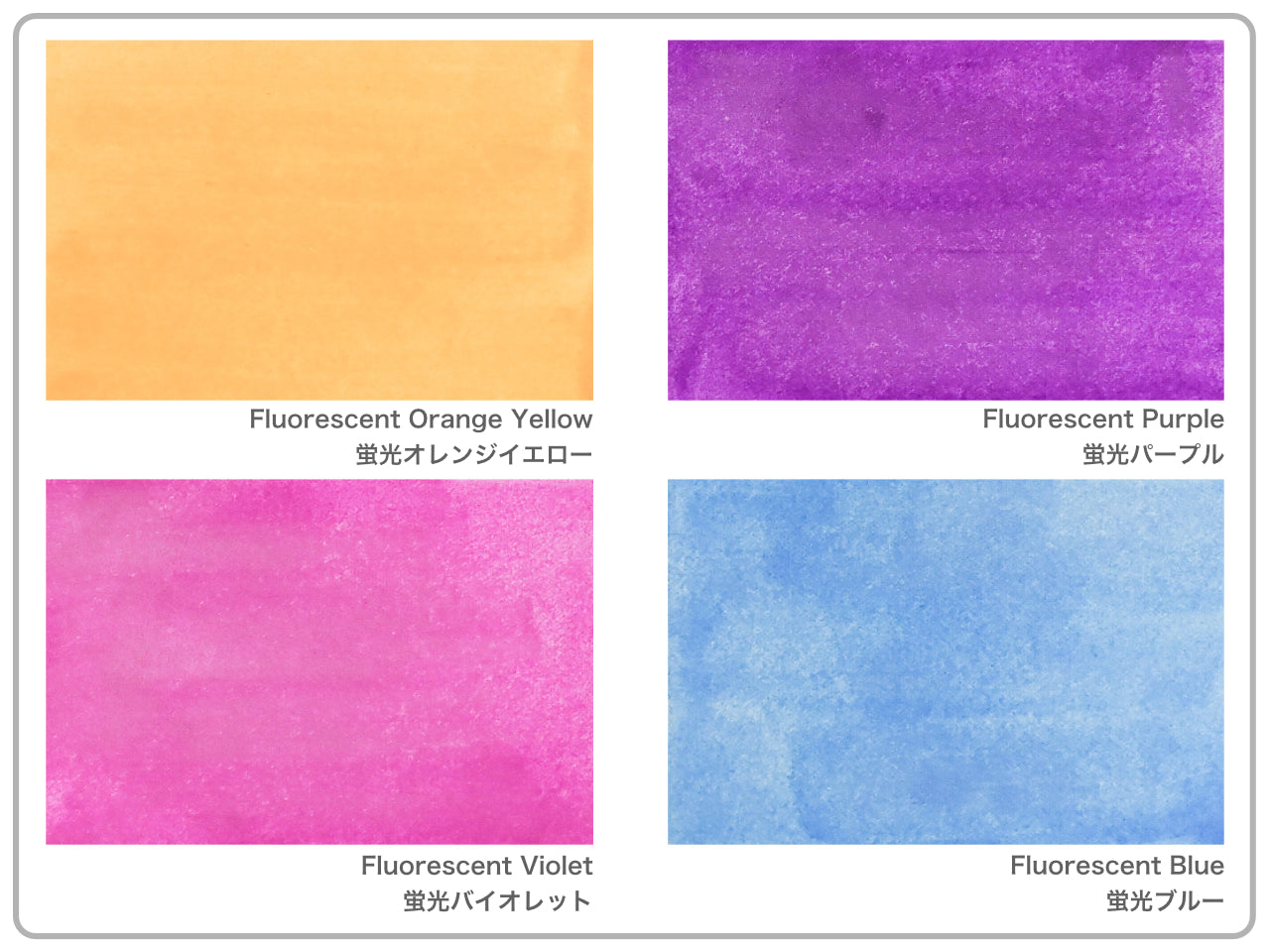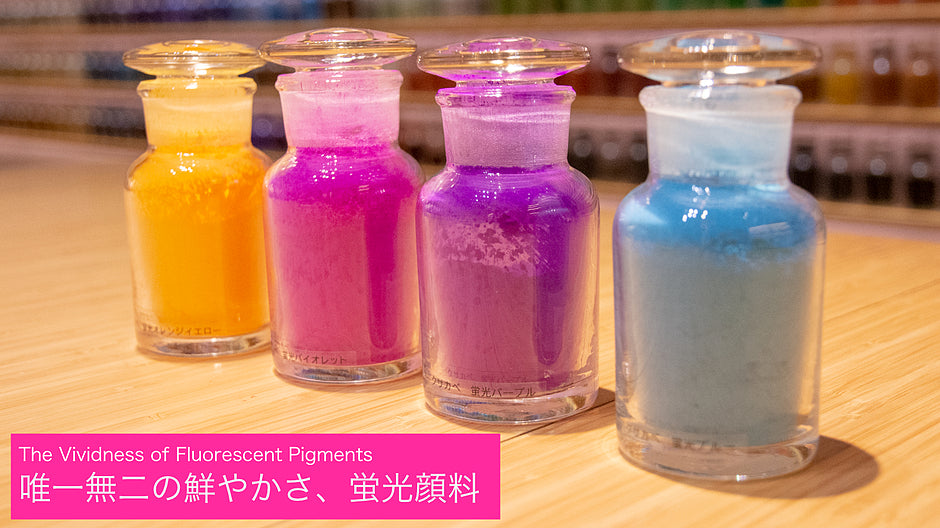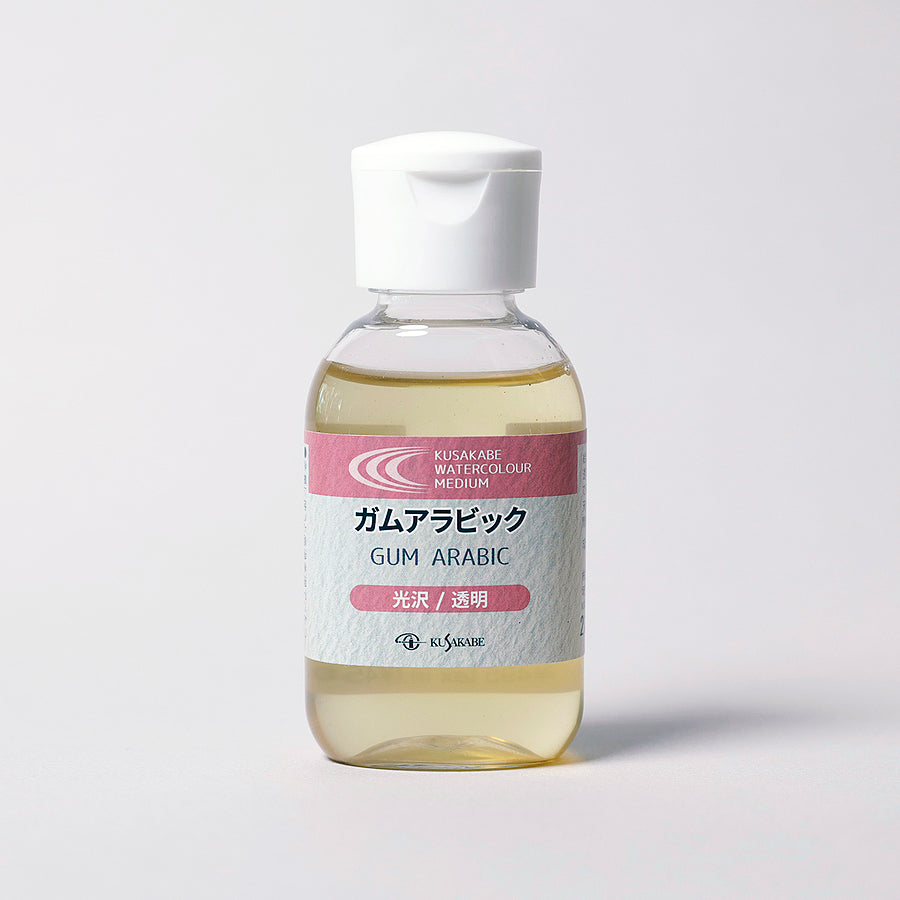The tube paints that we normally see at stores are made from a combination of pigments, mediums, and extender pigments.
Although the paint that comes out from the tubes is pasty, pigment does not dissolve in the binders like salt or sugar, its particles are simply spread in the viscous medium fluid.
Therefore, if the mixture of pigment and binder is kept for a long time even after kneading together, there is a possibility that they will separate.
Each manufacturer of painting materials makes adjustments using extender pigments and other additives to prevent the separation of pigments and mediums, but the formulations of these additives vary depending on the type of pigment or binder, and the mixing ratio is an asset for the manufacturer. It is not something that we can imitate in a short time.
Of course, if you are going to use kneaded paints on the same day, there is no need to fill them in tubes. In other words, tube paints are like preserved food made by large manufacturers, while hand-kneaded paints are like a meal prepared in the home kitchen.
In both cooking and art, it is great to take advantage of ready-to-use and homemade and combine them together.
For example, these fluorescent colors are perfect for "homemade" painting.
It is because, while fluorescent colors of acrylic paints and acrylic gouache are available in tubes from many different brands, it is not easy to find such colors in oil paints.
Even with water-based paints, these special colors are often not available in large-size tubes.
Therefore, it is recommended to purchase mediums and pigments to make your own paints.
And in this case, you can also use 100% pigmented paints that do not contain any extender for your artwork.
Here is a sample that I painted with actual paints.

【Art Materials Used】
Colorant: Fluorescent Pigments
Medium: Gum Arabic Medium
Substrate: Bamboo Washi for Watercolor Art Pad
The vivid, highly saturated colors are unique to the fluorescent pigments and are very mesmerizing. If you want to make transparent watercolors, you can mix them with Gum Arabic Medium; while using Acrylic Emulsion to make acrylic paints; and for oil paints, you can use Oil Color Medium.
When using Gum Arabic, you can mix most pigments with the medium in a ratio of 1:1, although the best ratio will vary depending on the type of pigment.
Therefore, why not experiment with this yourself by kneading actual paints?
For those who want to try making tempera paints with fluorescent pigments, you may use ZECCHI's tempera mediums. They are quite different from gum arabic, they create a moist texture and subdued sheen which are pretty interesting as well.

【Art Materials Used】
Colorant: Fluorescent Pigments
Medium: Egg Tempera Medium
Substrate: Bamboo Washi for Watercolor Art Pad
Doesn't it sound exciting to make your homemade paints with fluorescent pigments and a variety of mediums? Hope this inspires you a little to explore something new!
Translated by Atsumi Okano and Nelson Hor Ee Herng
PIGMENT TOKYO Art Materials Experts









